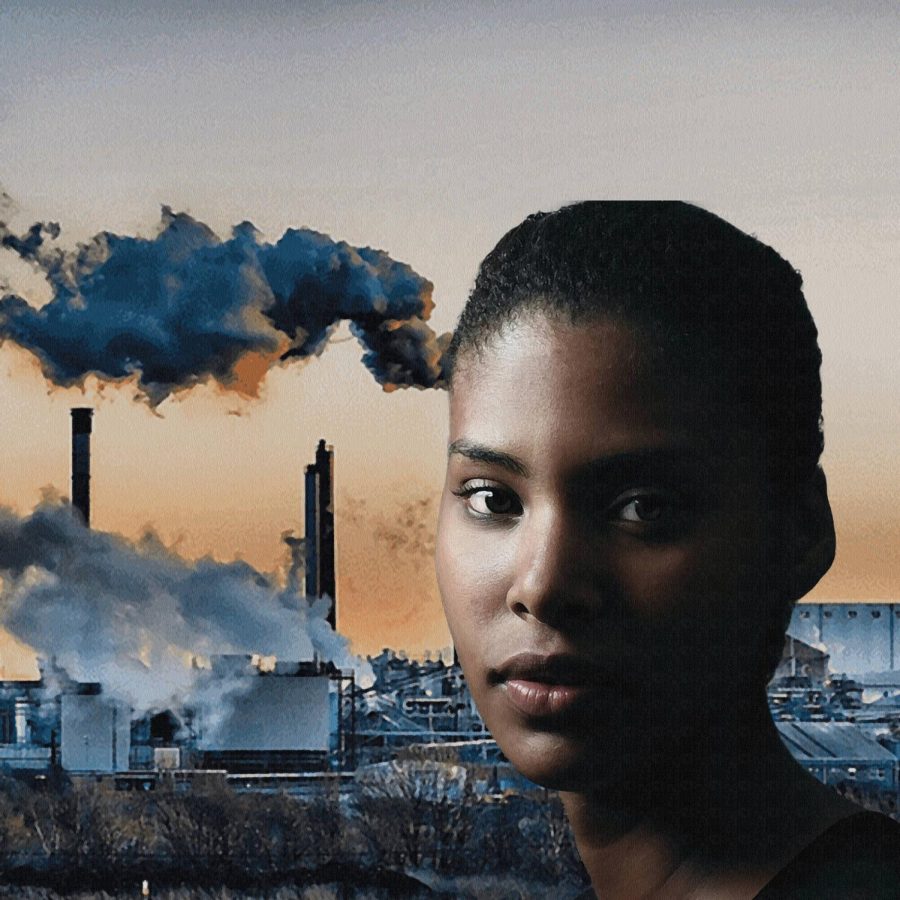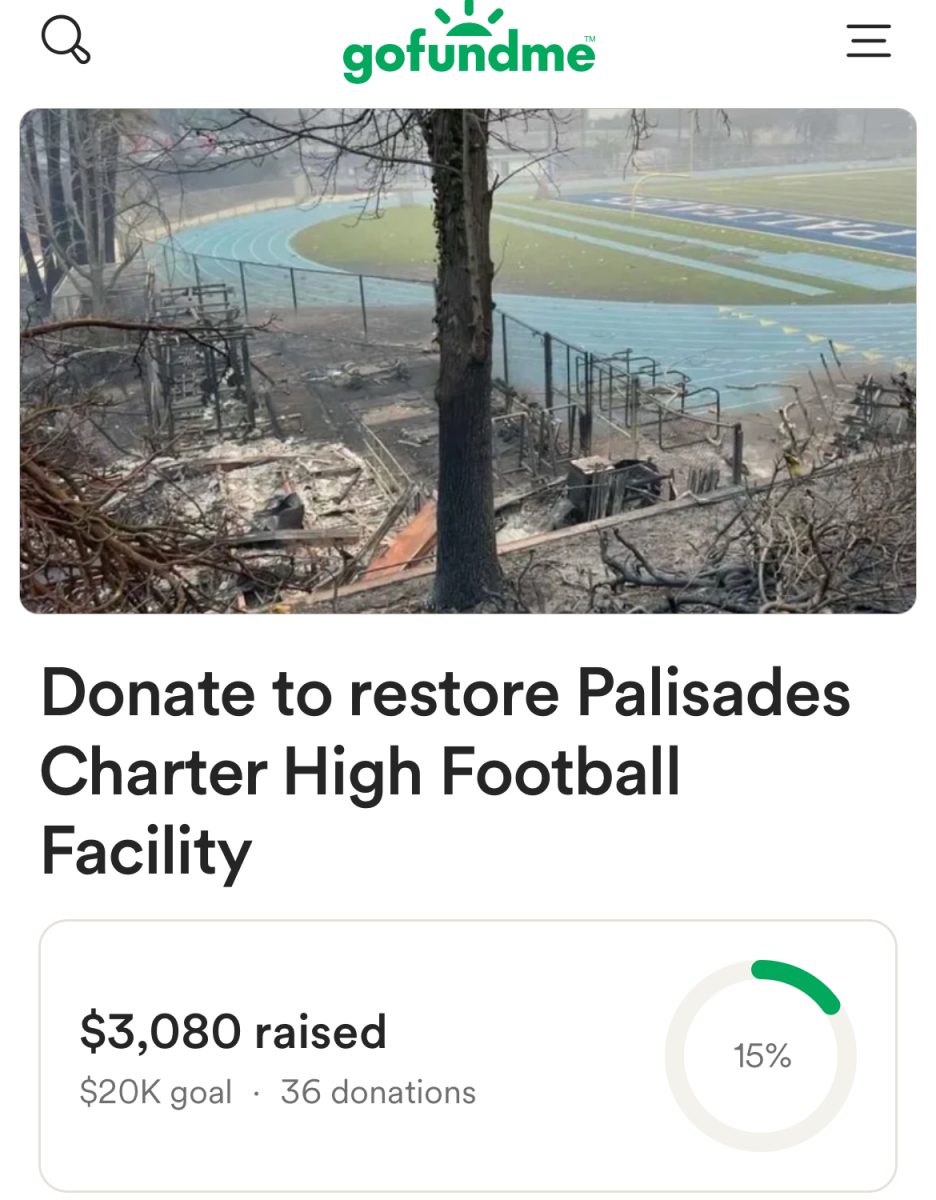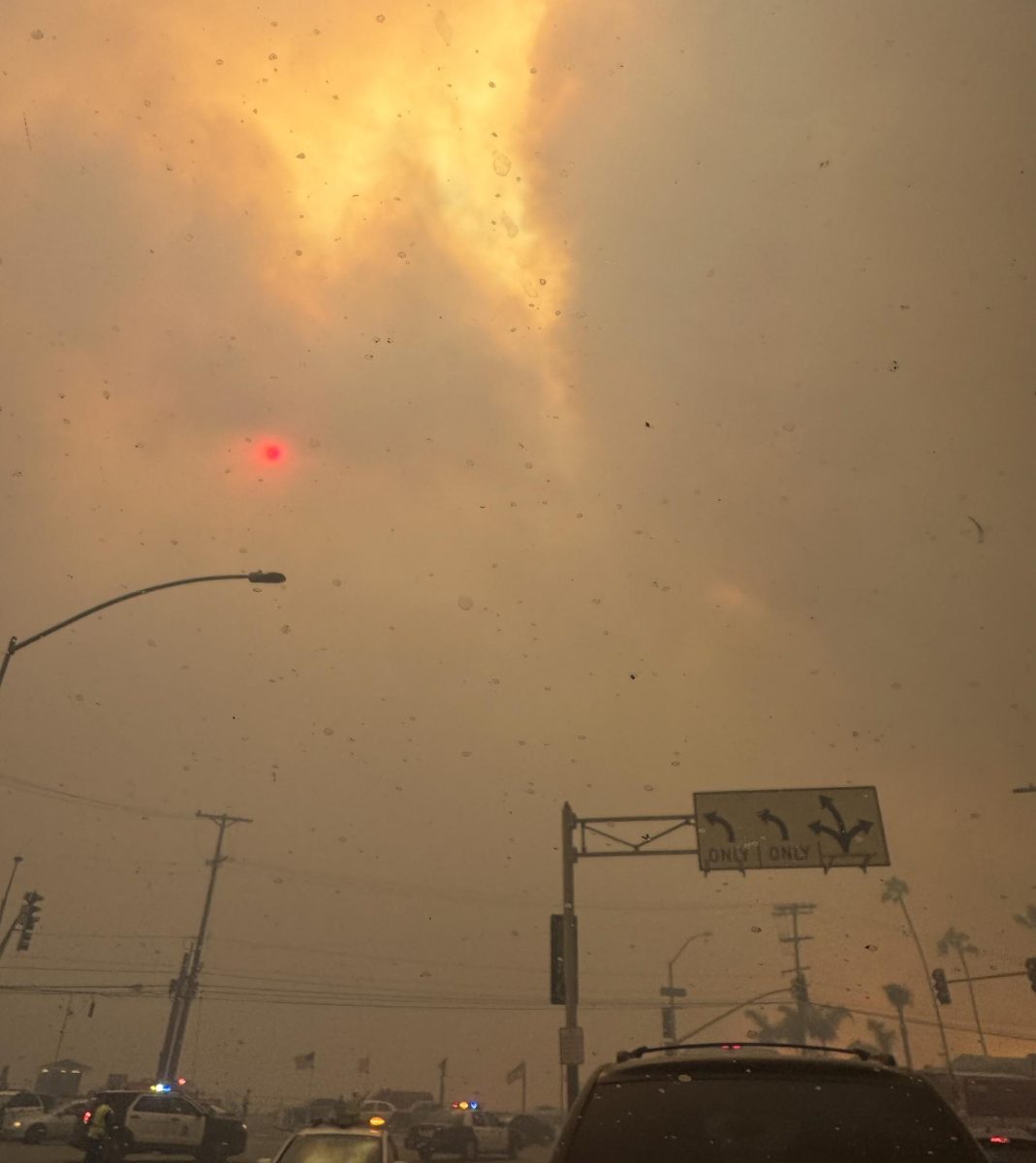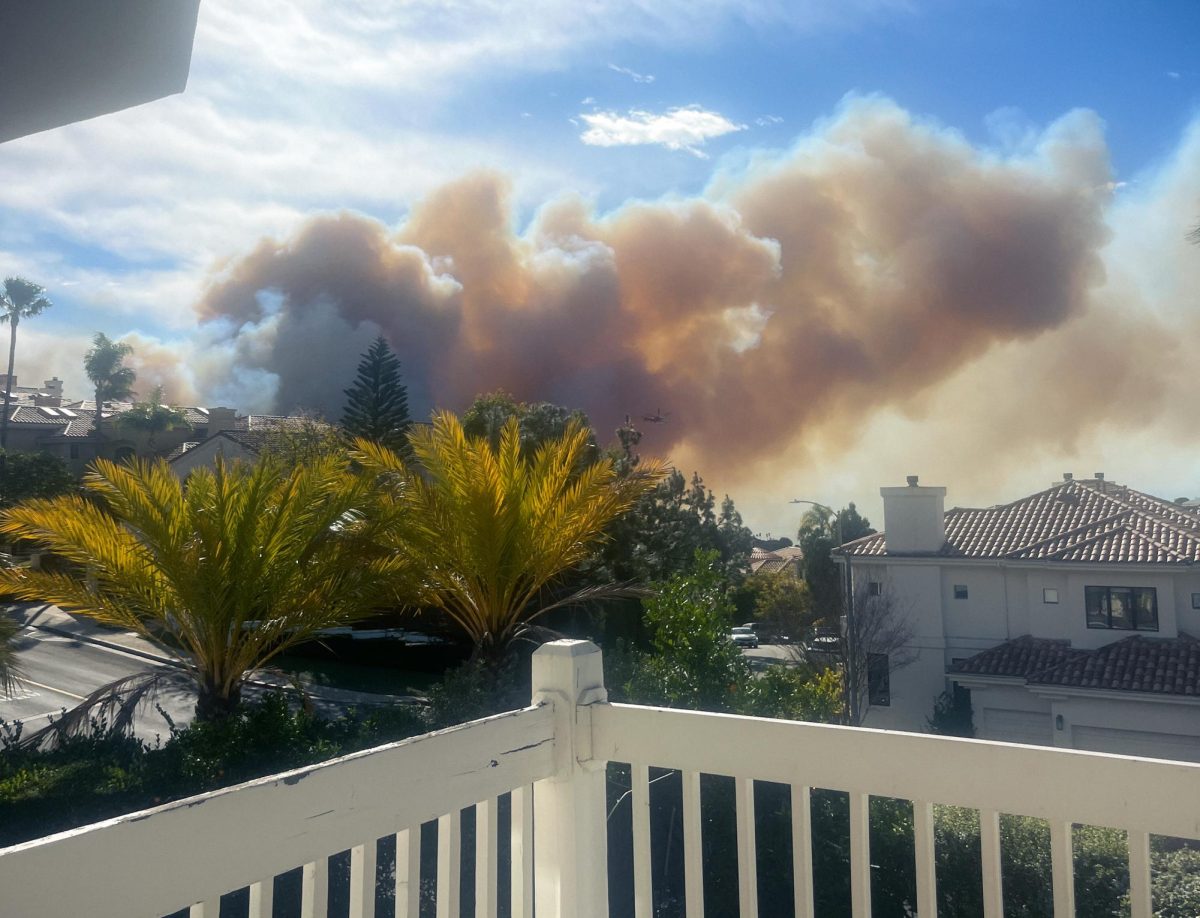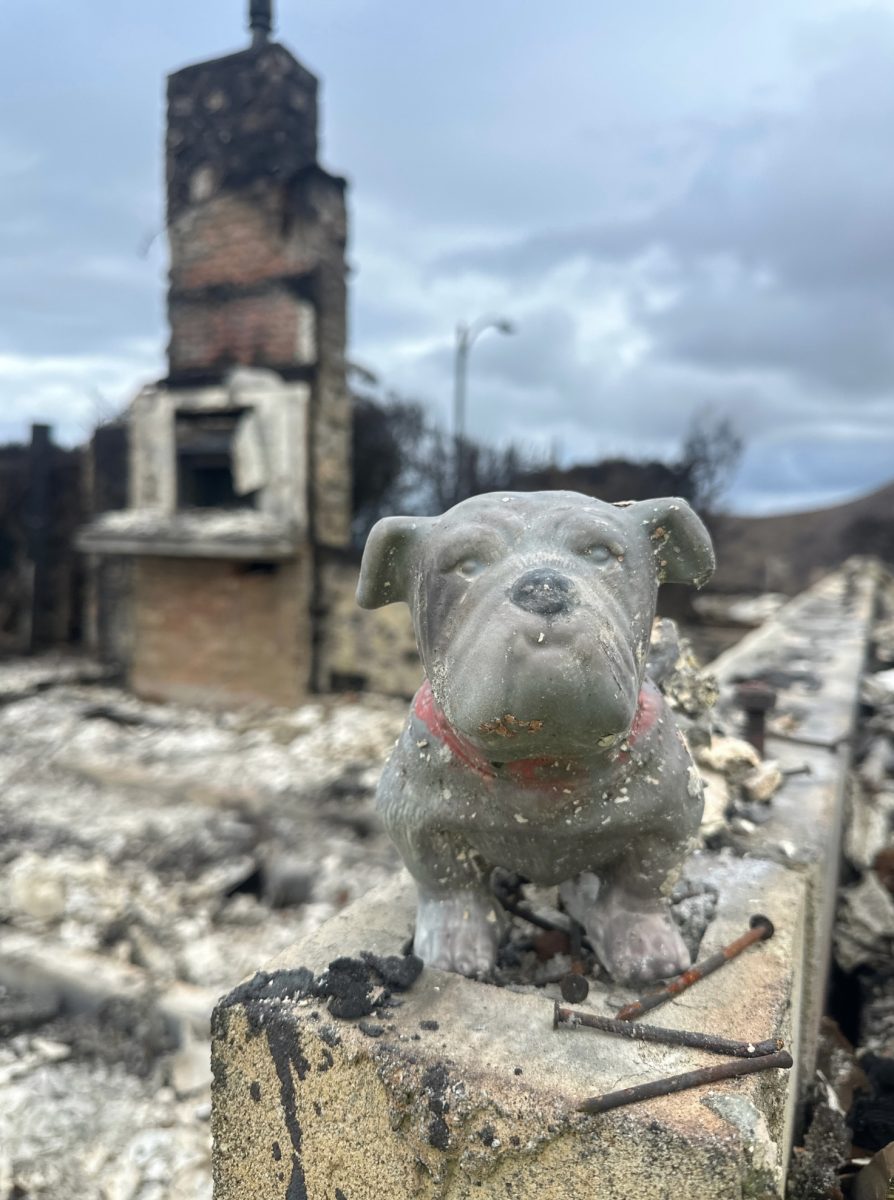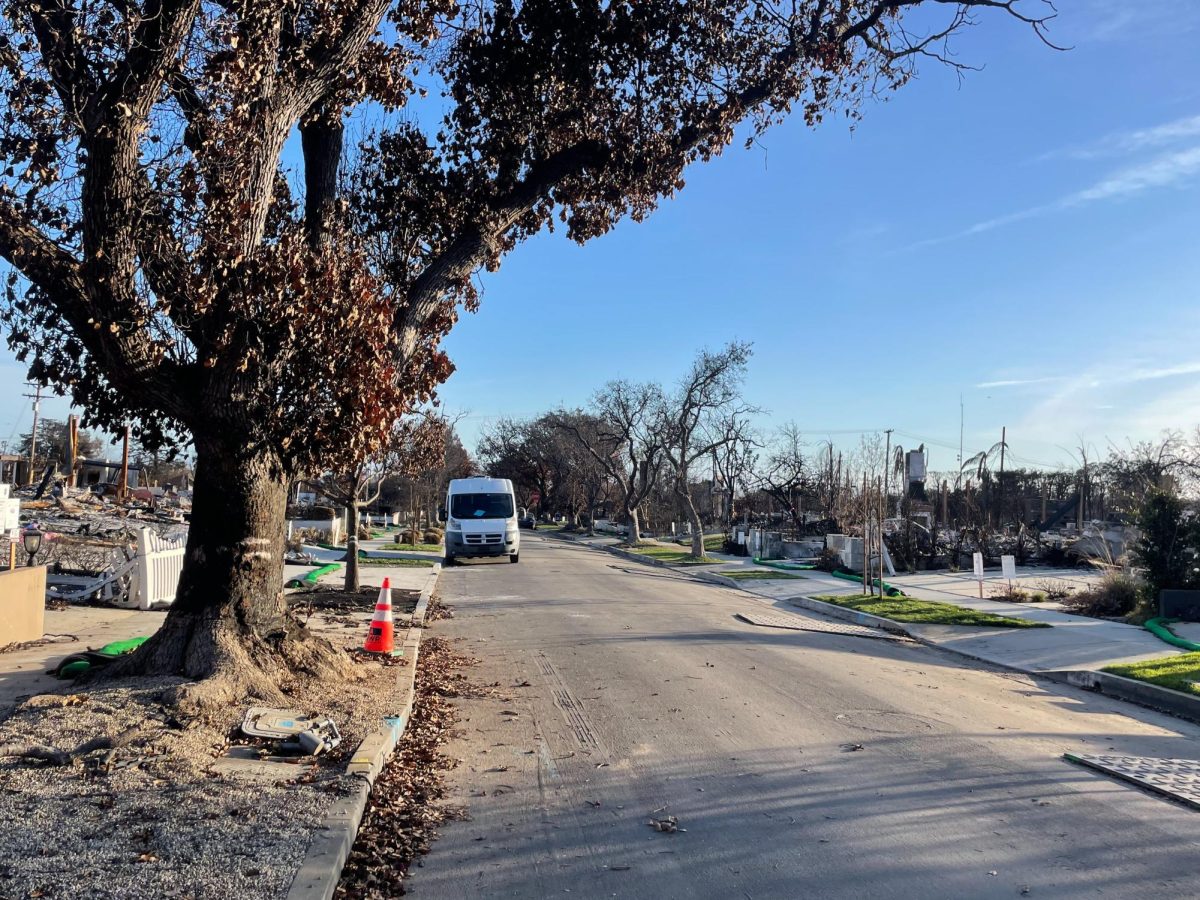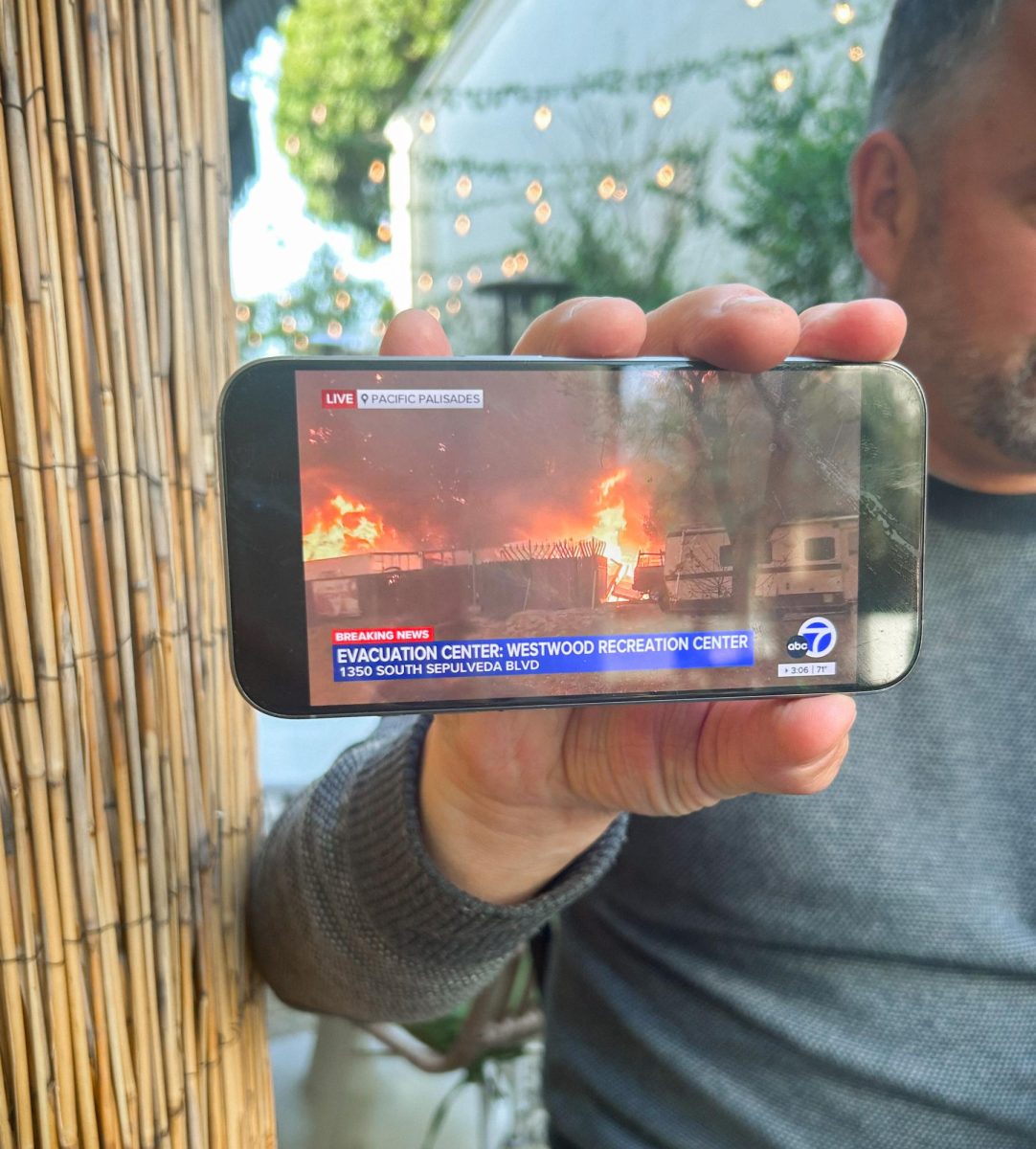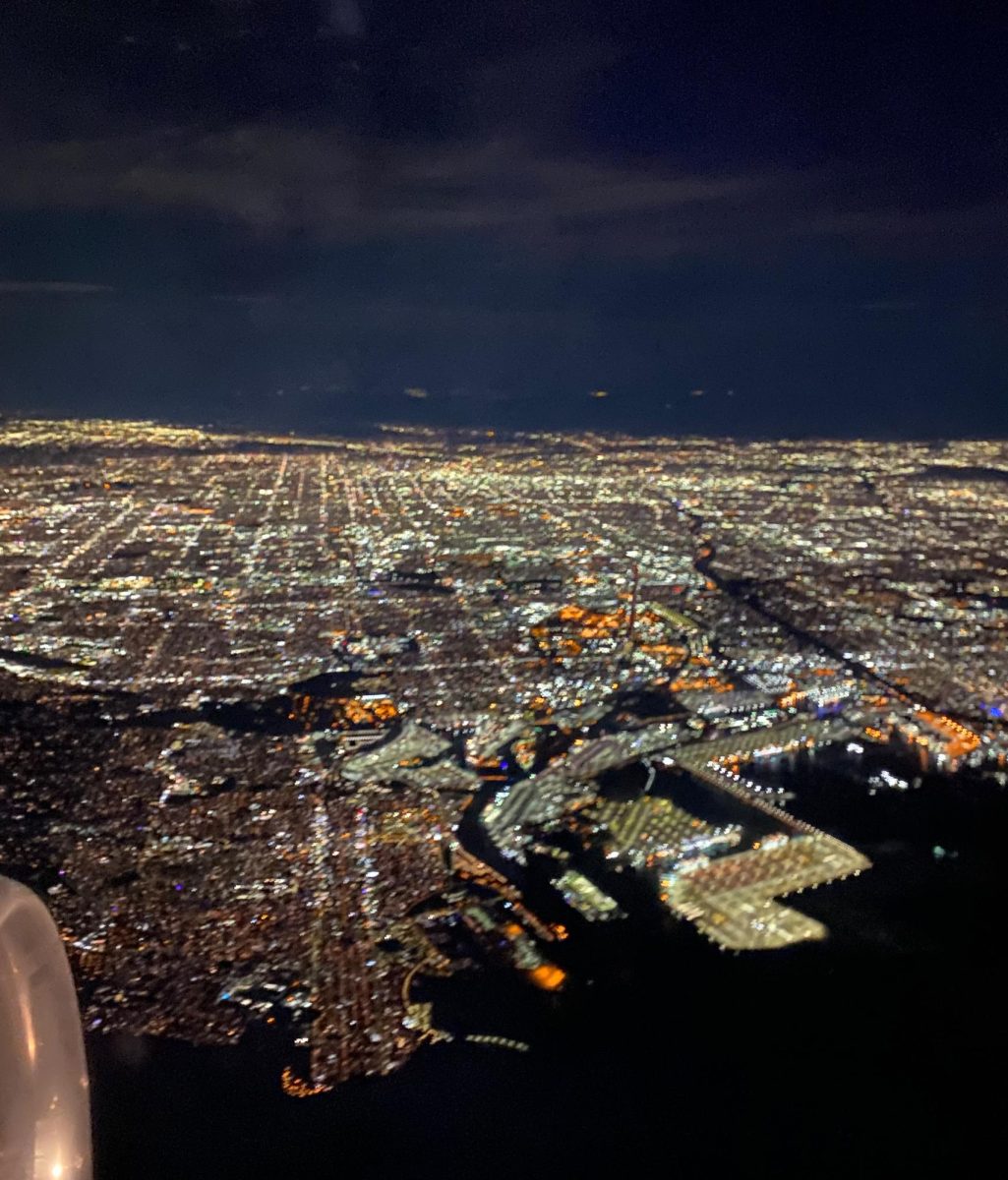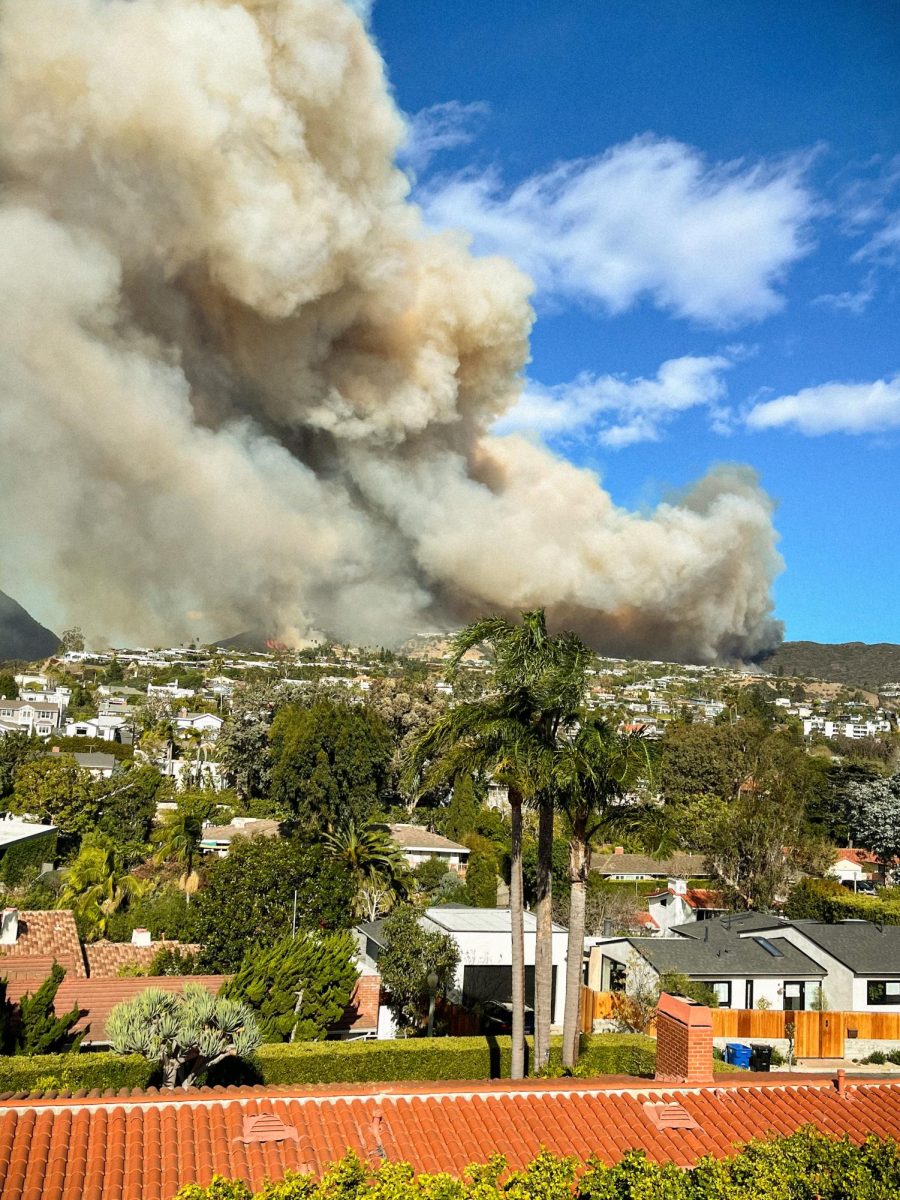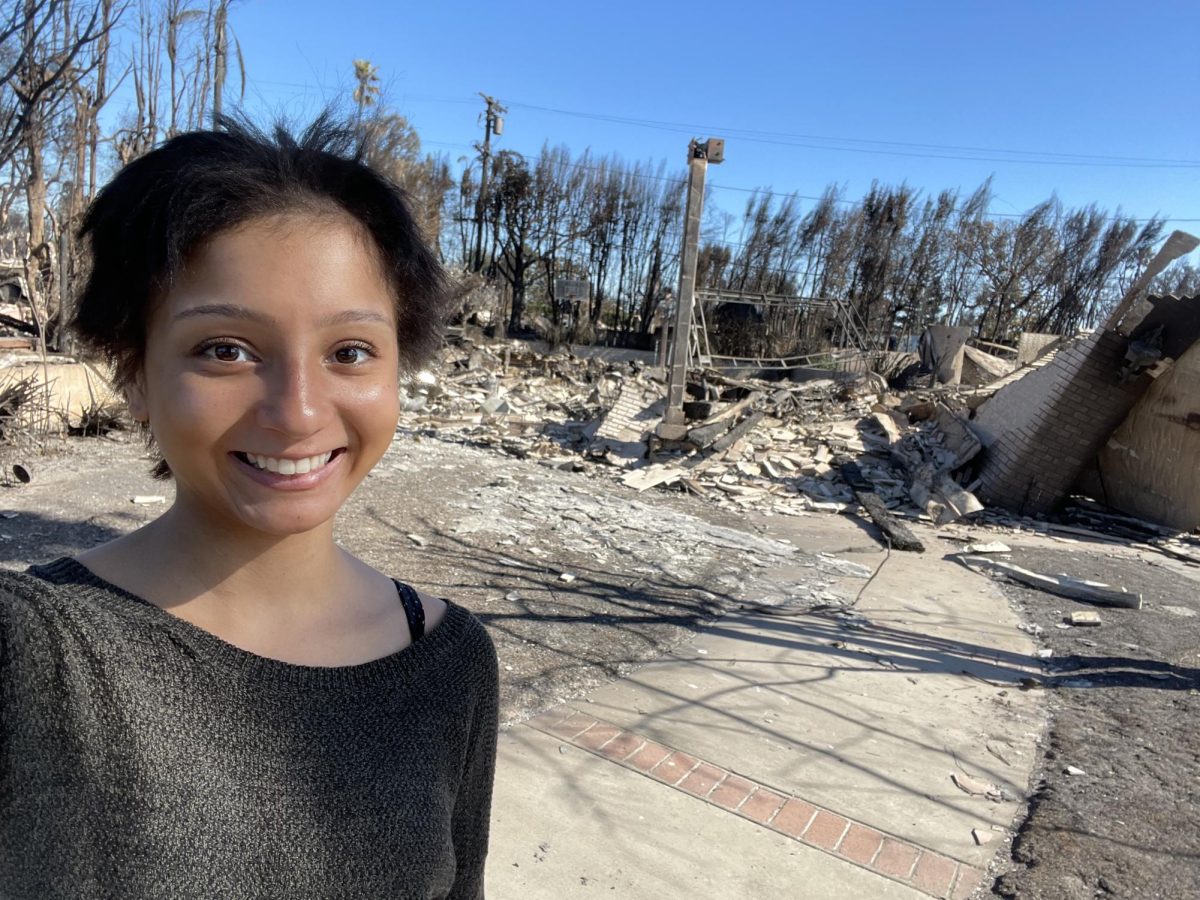Student Unions Unite at Environmental Racism Meeting
May 26, 2021
As part of their year-long project to combat the global climate crisis, Pali’s Human Rights Watch Student Task Force (HRWSTF) teamed up with the Asian Student Union (ASU), Latinx Student Union (LSU) and Black Student Union (BSU) on May 13 to host a conversation on how students can work to eliminate environmental racism.
Environmental racism refers to the predominance of toxic waste facilities, garbage dumps and other sources of pollution in low-income neighborhoods with high minority populations. HRWSTF presented a slideshow and analyzed the issue’s harmful effects to a Zoom audience of 20 students.
Sophomore Peter Garff, co-head of the outreach committee for HRWSTF, successfully worked with his team on other issues earlier this year, including the creation of a petition to advocate Pali’s transition from fossil fuels to renewable energy by 2025. With nearly 1,700 signatures, the petition helped persuade Pali’s Board of Trustees to unanimously pass a resolution to commit to renewable energy.
Garff doesn’t want to stop there. He and the HRWSTF team are broadening their advocacy plan to include environmental racism, an issue Garff says significantly affects Pali’s minority population.
“By advocating for the basic human right of a clean climate, we work to eliminate large pollutant companies that may move into low socioeconomic communities that may be greatly affected by these large companies,” Garff said.
The statistics support Garff’s assertion. A United Church of Christ (UCC) study between 1987 to 2007 determined that more than half the people who lived within 1.86 miles of a toxic waste facility in the United States were people of color.
Each respective student union sent a representative to address how the issue affects them and their communities.
“People who live in South LA live within 500 feet of a manufacturing facility, 500 feet of a truck route and 51 active wells,” said senior and BSU co-president Dayzee Betton. “In Vernon… which is populated by mostly Black and Latinx communities, lead contamination got out, which poisoned their soil and their water.”
The issue stretches beyond Los Angeles. The Center for Disease Control and Prevention found that 11.2 percent of African American children and four percent of Mexican-American children are poisoned by lead, compared to just 2.3 percent of white children. Further, the National Conference for Community and Justice found that three out of five African Americans live in communities with uncontrolled toxic waste sites.
Senior Mariana Macias Cobo, the president of LSU, said that she has been personally affected by environmental racism.
“We have lived in two places and one was right next to the 405, so there was car emission all of the time,” she said. “I now live on another main street and I cannot even go outside my balcony because there is so much car residue that even my mom’s plants are tinted black.”
Pali science teacher Steve Englemann leads the Environmental and Spatial Technology class, which provides the 21 enrolled students with the chance to aid the community or the environment. He urges other students and teachers to give more attention to environmental racism and other issues that aren’t widely covered in the media.
“You have to remember here in the city there is environmental stuff happening right in our face and that’s why it’s really good to get diversity in all organizations and all perspectives,” he said. “Otherwise you’re going to miss some really important stories out there, like environmental racism.”


